Running a wildlife sanctuary is necessary, often back-breaking and emotionally draining work that comes with a variety of daily challenges. However, resident animals – many of whom have been rescued from factory farms – depend on the operations running smoothly to meet their needs.
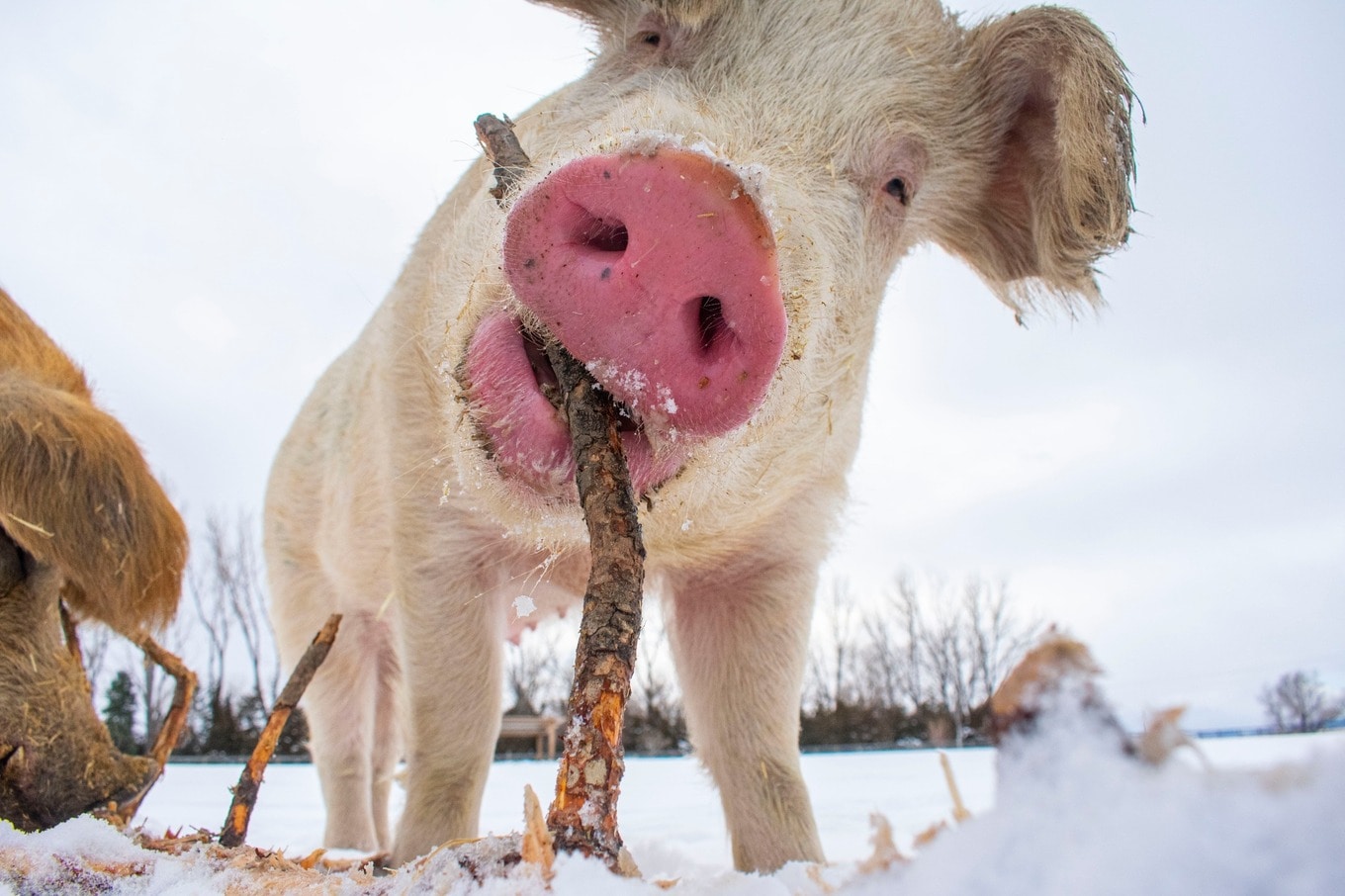 Luvin Arms Wildlife Sanctuary
Luvin Arms Wildlife Sanctuary
Unfortunately, in these tough economic times, things have gotten worse at sanctuaries across the United States. As winter approaches, these rescued animal shelters are grappling with the double whammy of reduced donations and increased operating costs.
During this difficult time of crisis, the fate of these animals and the people who care for them hangs in the balance. So how can we all help?
VegNews has gathered the perspectives of animal sanctuary representatives across the country to highlight the most effective ways we can all offer our support.
1Understanding economic pressure
In operation for 22 years, the Catskill Animal Sanctuary (CAS) in New York is bearing the brunt of the economic downturn.
“Our vehicles are falling apart, our roads need repair and we are not hiring for key positions like volunteer coordinator, a role that would help control staffing costs,” said founder Kathy Stevens. from CAS, at VegNews.
The issues CAS faced this year necessitated a shift in its fundraising focus from capital campaigns to covering basic needs. “We’re a financially disciplined organization, and when you’re no longer raising enough funds to carry out your mission, but you’re dipping into a modest reserve account and seeing it dwindle, it’s terrifying,” says Stevens.
This situation highlights the dilemma facing many sanctuaries where essential but “non-animal” expenses are being reduced, which could impact overall animal welfare in the long term.
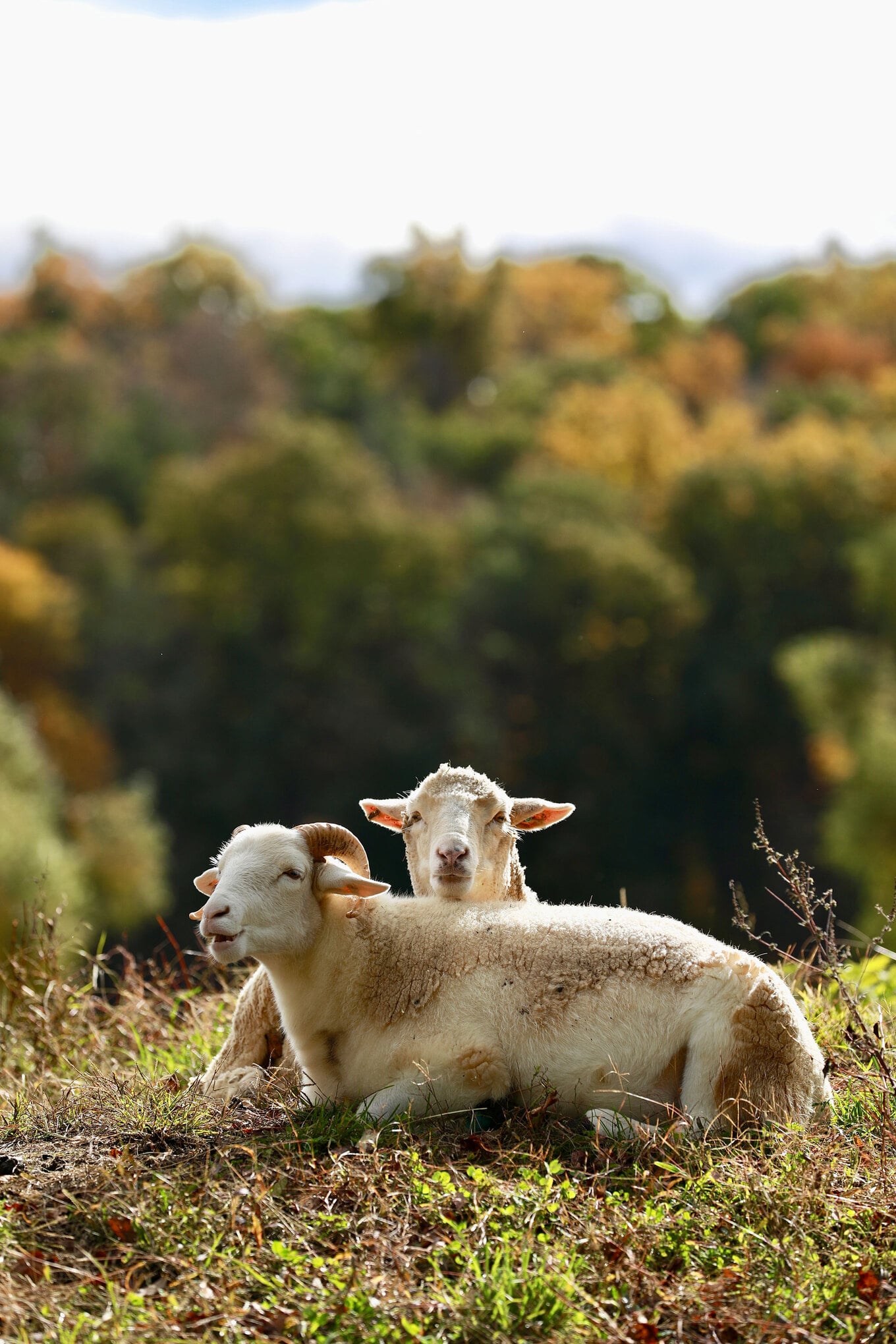 Catskill Wildlife Sanctuary
Catskill Wildlife Sanctuary
Due to similar conditions, the Luvin Arms Wildlife Sanctuary in Colorado was forced to downsize, straining the sanctuary’s ability to provide the comprehensive care for which it is known. With a drop in revenue by half since the start of COVID-19the sanctuary has made difficult choices, including laying off paid staff to continue caring for its animals, including 135 pigs.
“Critical funding shortages have led to the painful reduction of more than 50 percent of our dedicated staff and the suspension of several important programs,” Kelly Nix, CEO of Luvin Arms, told VegNews.
2Recognize the challenges of winter preparation
Winter is a difficult time for many, and it is essential that the proper equipment and preparations are in place for the colder months. However, with winter approaching, sanctuaries are facing a much more difficult time this year.
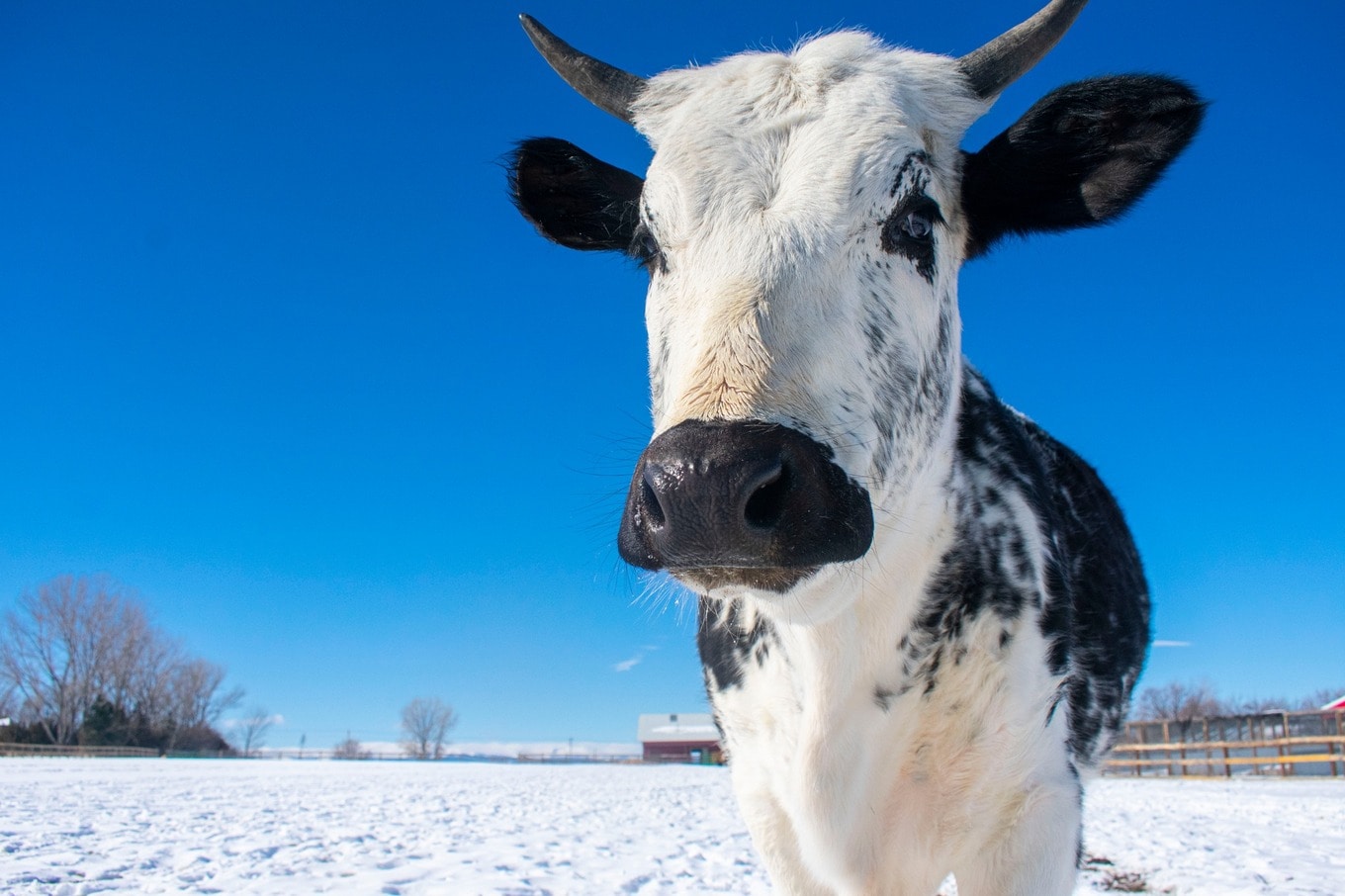 Luvin Arms Wildlife Sanctuary
Luvin Arms Wildlife Sanctuary
“Winter is often marked by severe ice storms, high winds, significant tree damage, snowfall of up to two feet or more, and prolonged power outages,” Stevens says. “Winter preparation therefore includes insulating buildings, checking roofs, generators and radiators, as well as stocking our giant lofts from floor to ceiling, because you never know when a snow or ice storm will delay a delivery of hay or straw.”
Among the CAS residents are 140 large animals such as cows, pigs, goats, sheep and horses which consume over 5,000 bales of hay in winter alone and require thousands of bales of straw to to warm up.
Nearby at New York’s Woodstock Farm Sanctuary, executive director Rachel McCrystal explains the daunting demands of winter in more detail.
“The logistics and planning for winter starts in early fall,” McCrystal told VegNews. “Our nearly 400 resident animals need more bedding, hay, utilities to heat our more than 15 chicken coops and barns, and supportive care during the frigid months. »
The initial costs of these preparations exceed $80,000, a significant amount considering the sanctuary’s commitment to elderly animals and those with compromised immune systems, disabilities and health conditions that make them more vulnerable to weather conditions. extremes.
3Recognize the rising costs of care
Rising costs of hay, bedding and veterinary fees have also had a significant impact on sanctuary budgets.
“Our hay bill alone increased by $40,000, and our veterinary expenses included several expensive stays at Cornell Veterinary Hospital for a desperately ill sheep rescued from a local culling operation,” says Stevens.
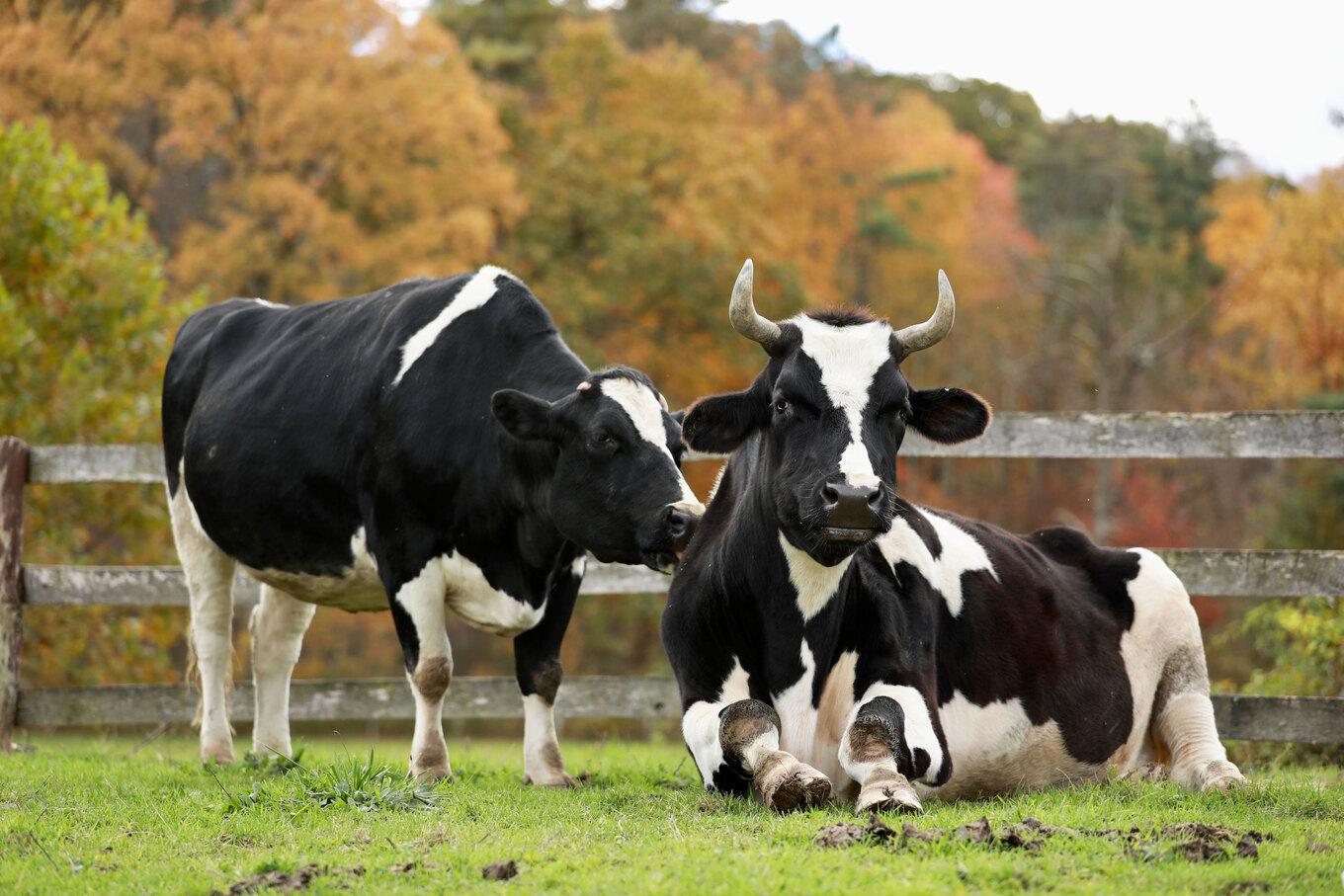 Catskill Wildlife Sanctuary
Catskill Wildlife Sanctuary
And these increasing costs limit CAS’s ability to allocate funds to other necessary areas.
“These increases in animal care costs do not leave money for an urgently needed transport vehicle to make those trips to the veterinarian, nor for expanding the educational component of our mission,” Stevens says. “Furthermore, we are not able to provide bonuses to modestly paid staff who give everything they have to these animals. »
At the Iowa Farm Sanctuary, a vegan nonprofit operating in the midst of a farming countryside whose goal is both to save animals and help humans connect with them in meaningful ways, the situation is eerily similar.
“With the cost of everything skyrocketing…our hay costs alone have gone up $3 a bale,” founder Shauna Sherick told VegNews. “During the long winter months, we feed between 20 and 30 bales of hay every day, which represents almost $3,000 per month. »
The Indraloka Wildlife Sanctuary in Pennsylvania is under a similar budget strain, reporting a 40 percent increase in monthly expenses over the past year. Founder Indra Lahiri says a puzzling problem is that the sanctuary wants, but cannot afford, to pay its valued employees the wages they deserve amid rising costs of living.
“When we lose a staff member, animals lose a beloved member of their family: someone who knows them, who knows their favorite foods, how they like their bedding set up at night, who they want to spend their days with “, explains Lahiri.
“These relationships take time,” says Lahiri. “When you lose one, it’s like starting over.”
4Support through campaigns and donations
All animal sanctuaries accept donations year-round to stay afloat, and many rely on increased donations during the holiday season. However, this year, as donors themselves weather the economic downturn, sanctuaries are not collecting their much-needed donations.
Amid the decline in donations, sanctuaries also face another problem: the growth of animal sanctuaries across the country. While the increase in sanctuaries may seem like a good thing on the surface for farmed animals, it also means competition for donations and other issues, says Christopher Vane, founder of Little Bear Sanctuary.
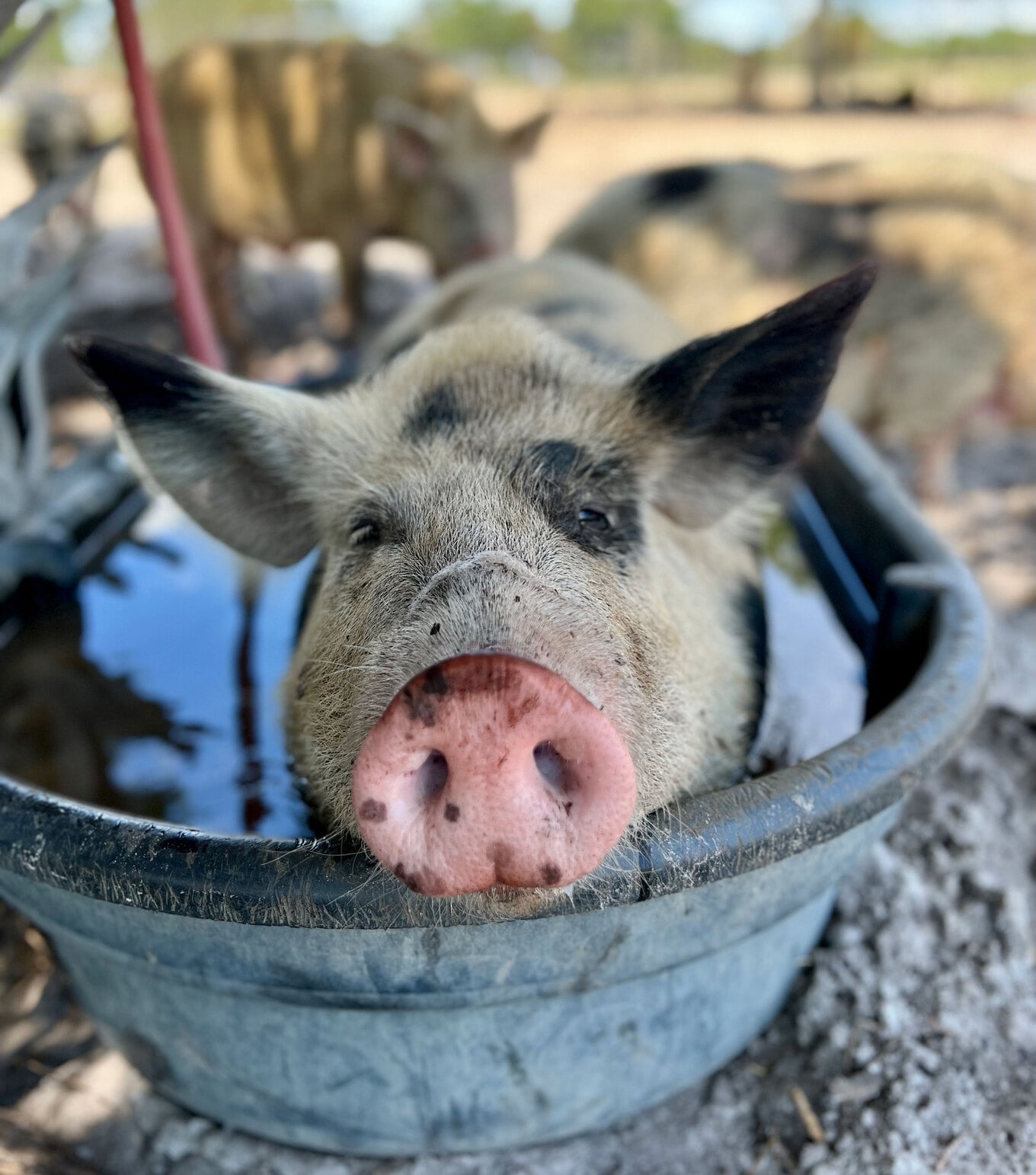 Little Bear Sanctuary
Little Bear Sanctuary
“Unless we give growth to the games, we’re all in trouble, and right now that’s not happening,” Vane told VegNews. “The increase in the number of sanctuaries far exceeds donations to sanctuaries. At Little Bear, we have seen a 50 percent drop in donations over the past few years.
At Piedmont Farm Animal Refuge in North Carolina, founder Lenore Braford now provides lifelong care to 125 animals thanks to consolidating efforts with other sanctuaries facing challenges they unfortunately couldn’t overcome.
“We have taken in more than a dozen animals in desperate need of rescue from other sanctuaries forced to downsize or close completely due to financial burdens,” Braford told VegNews.
“Reliefs competing for donations, increasing costs of hay and other supplies, and the ongoing impacts of COVID-19 are all stresses sanctuaries are currently facing,” says Braford.
You can help directly support sanctuaries by making year-end donations or engaging in donation drives.
For example, if you want to support a turkey instead of eating one during the holidays, Piedmont Refuge offers a one-time $25 donation option to support these intelligent birds during the holidays. Woodstock is running a similar campaign, with a donation of $30 for a physical card (or $15 for a digital card) sent as a gift to tell recipients the story of your sponsored turkey.
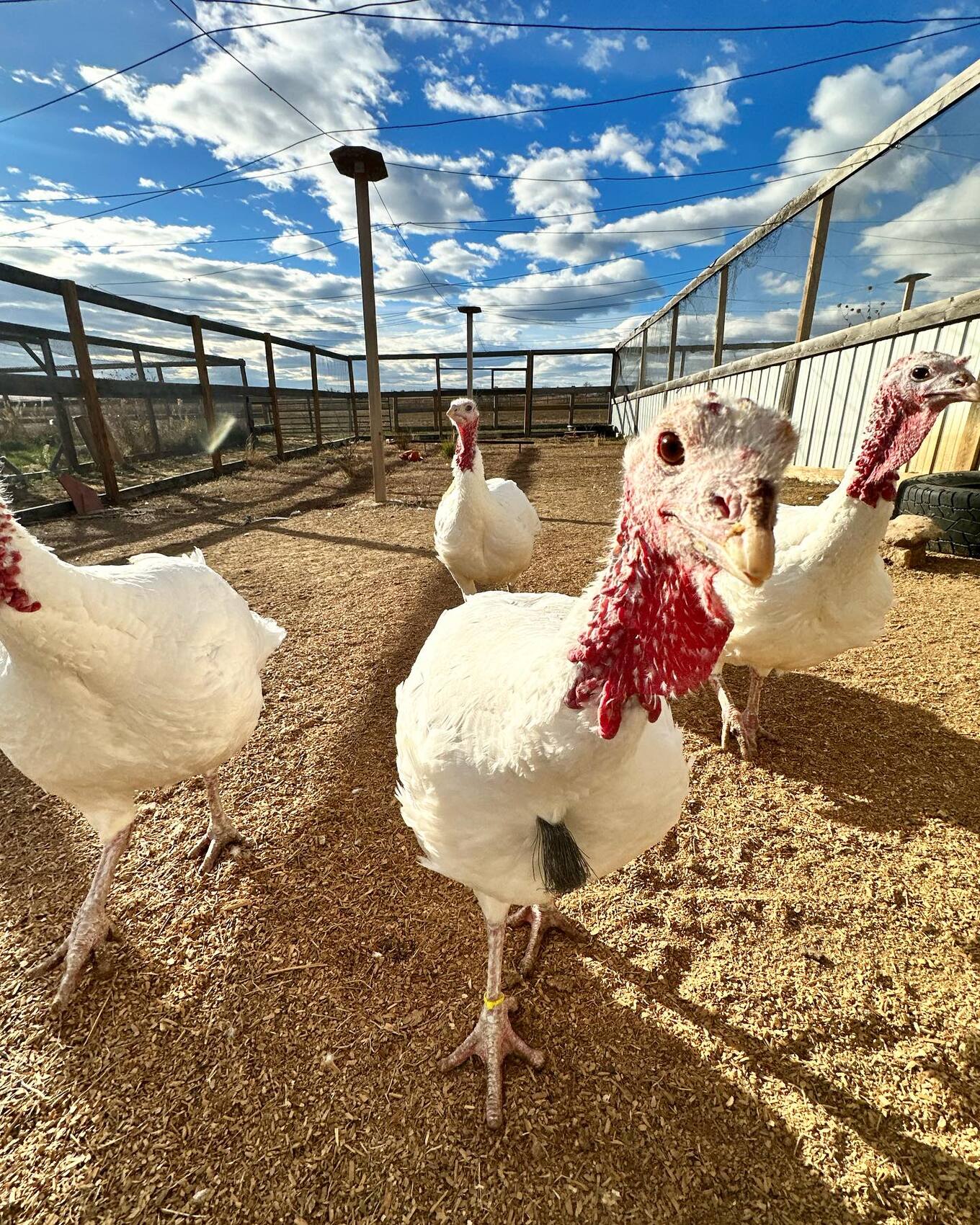 Luvin Arms Wildlife Sanctuary
Luvin Arms Wildlife Sanctuary
The Luvin Arms Animal Sanctuary and Little Bear Sanctuary in Florida have initiatives such as I give Tuesday And monthly support programs. Iowa Farm Sanctuary also invites people to join them on Patreon.
Instead of engaging in mass consumerism, animal sponsorship can be a useful and easy Christmas gift to give by donating to CASE, Luvin’s Weapons, Little Bearand others.
5Volunteer your time
While donations are a big help, staff shortages mean volunteers are more important than ever. As these sanctuaries prepare to face their harshest winter yet, community support becomes essential.
“It is always possible that overall costs of care will increase during the colder months, while volunteer participation and donations slow down at this time of year,” says McCrystal. “I’m always worried about winter and this year more than ever.”
With widespread staff reductions, this call for hands-on help is crucial, especially during the winter months when animal needs and sanctuary maintenance demands increase.
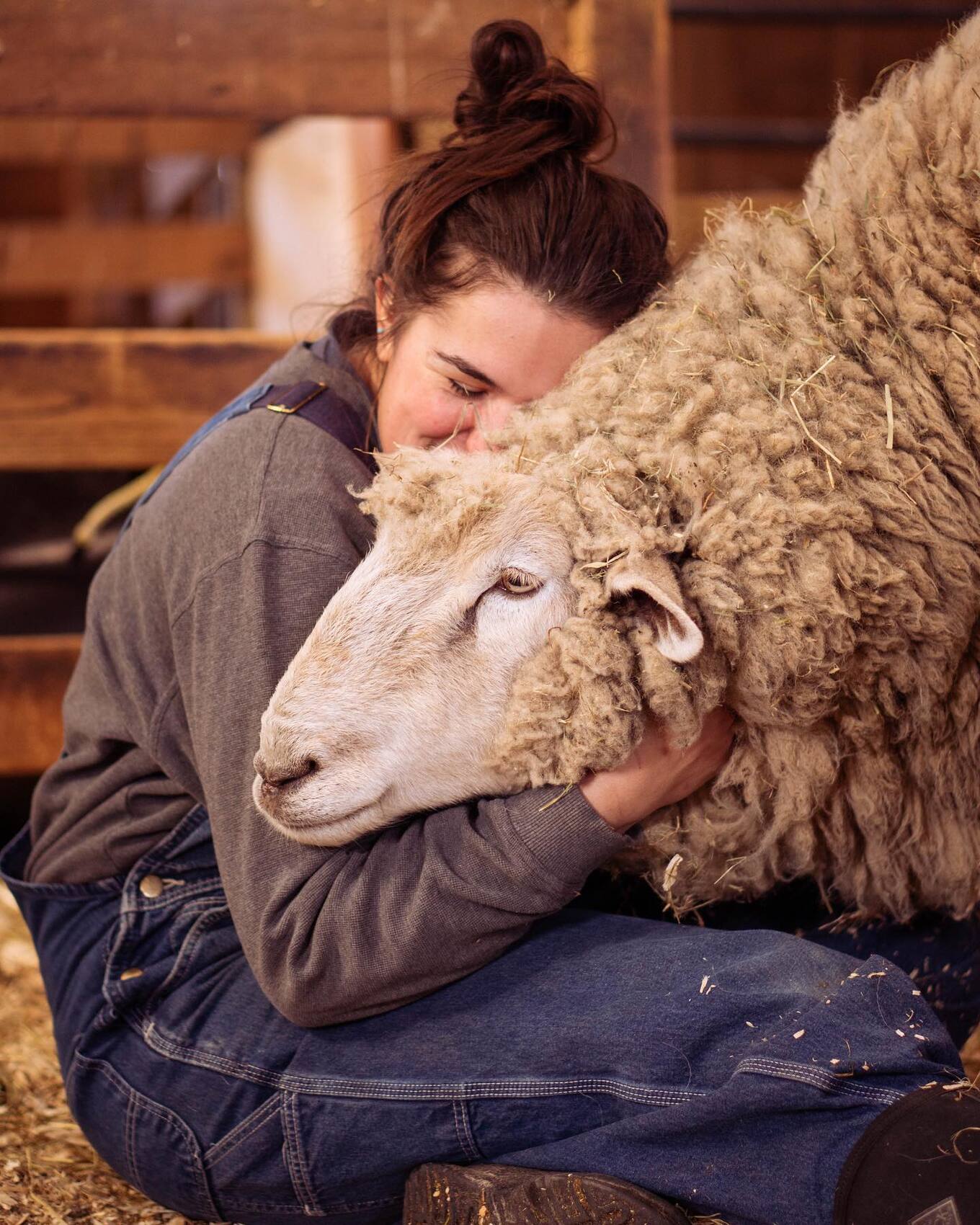 Woodstock Farm Sanctuary
Woodstock Farm Sanctuary
Financial contributions, participating in fundraising campaigns or volunteering your time can make a significant difference. Each sanctuary, with its unique challenges and needs, relies on generosity and commitment to maintain operations for its resident animals.
Also, if you are passionate about veganism, did you know that sanctuary tours are scientifically proven to help people give up animal products? Stevens hopes to bring vegan food tours back to CAS once she is able to overcome the dire economic situations she and other sanctuary owners find themselves in this year.
Editor’s note: Although we interviewed a few sanctuaries for this story, there are many others across the country who are struggling during these difficult times. Check with your local sanctuary to see how you can help.



